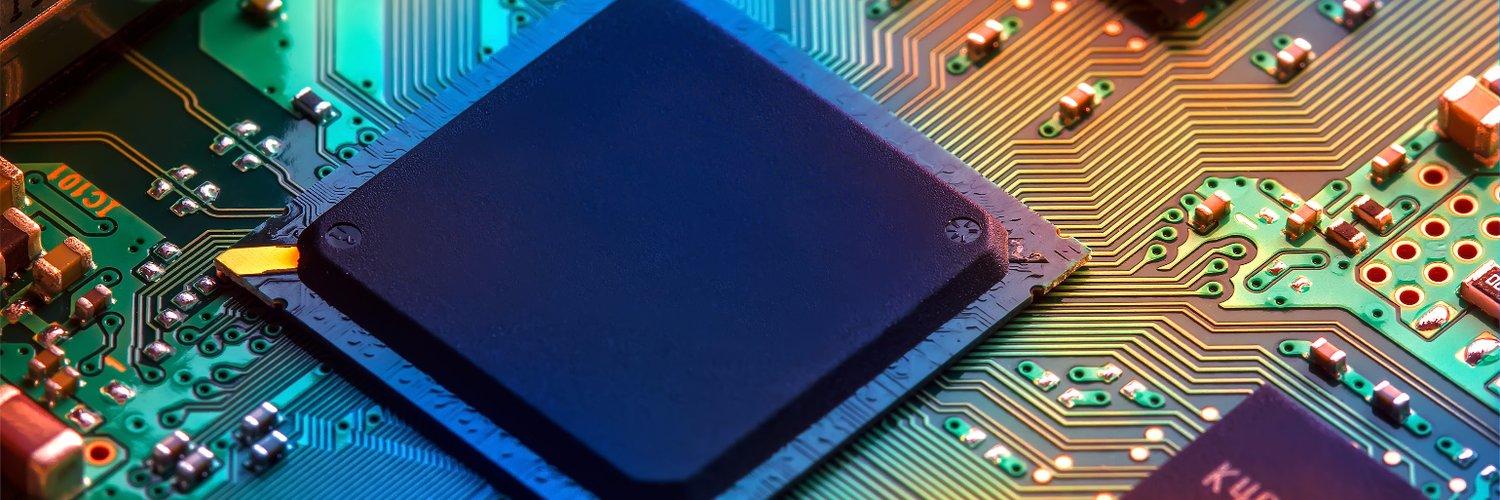


Over two decades of articles, benchmarks, and community for PC enthusiasts worldwide. Part of
@FuturePLC
@FuturePLC
183 χρήστες τους αρέσει
0 Δημοσιεύσεις
0 τις φωτογραφίες μου
0 Videos



